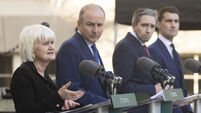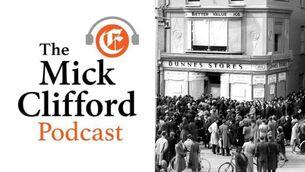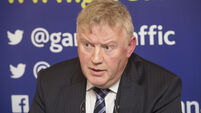Jury still out on Nama

BRENDAN McDonagh travelled to Madrid last month brandishing a map with about 120 hotels, all in Ireland.
“In case any of you want to buy them,” McDonagh, 45, who heads the National Asset Management Agency in Dublin, told the chuckling audience of analysts, economists and diplomats at a seminar. “Nama is a complex business, but it comes down to a simple thing: cash.”
















